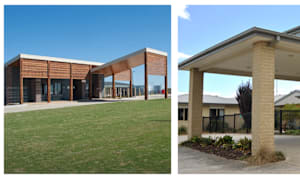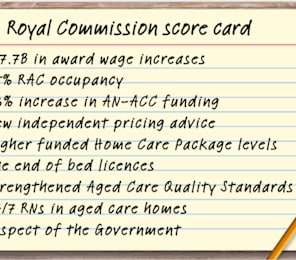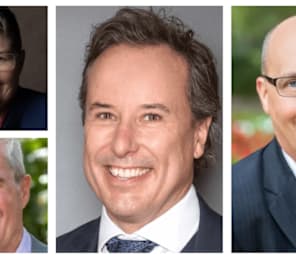It has been four months since Scape Australia paid Brookfield Asset Management a staggering $3.8 billion for Aveo.
In September, Scape Australia Co-Founder and Joint CEO Craig Carracher said the figure was closer to $4.5 billion when state taxes etc were accounted for. That is a huge number and old hands are scratching their heads, asking how was this valuation justified.
Two answers, backed by fundamentals.
First, retirement villages are delivering a 7% yield, better than all the other major property asset classes. (See the chart above).

Second and more importantly, observers suspect the analysts behind Scape’s valuation broke ranks and applied a sub 10% discount rate on Aveo compared to the predominant 12-14% discount rate the small group of valuers for the sector recommend.
(The discount rate is used to calculate the Net Present Value of a property's projected cash flows – the future DMF income for retirement villages. The lower the discount rate the higher the value of the business).
When shopping centres have a discount rate of 7%, retirement villages look cheap at say 9.5% on one proviso, you have a big enough portfolio of homes to smooth out the bumps in the DMF income flow. Aveo is big enough.
Combine the 7% yield, a discount rate sub 10% and the sector’s average Internal Rate of Return of say 14%, and things look rosy.
Then you have the fundamentals of short and long term demand exceeding supply, sale prices increasing by up to 18% last year, and you have new demand from institutional investors.
Aveo is even sweeter in that it has been moving its contracts to a mix of upfront payments rather than the DMF. In March 2024, we reported in The Weekly SOURCE that a third of new Aveo customers have chosen an alternative to the traditional deferred management fee.
There is only one cloud on the horizon for other village owners: the valuers to the sector have to revise their conservative view of discount rates. To protect themselves, they have long been stubborn in not budging but the Aveo story, as it comes out, will place pressure on them to ‘get with the program’.
When they do, current village owners will find their assets are worth a lot more and new village projects will become more viable.
Watch this space.











